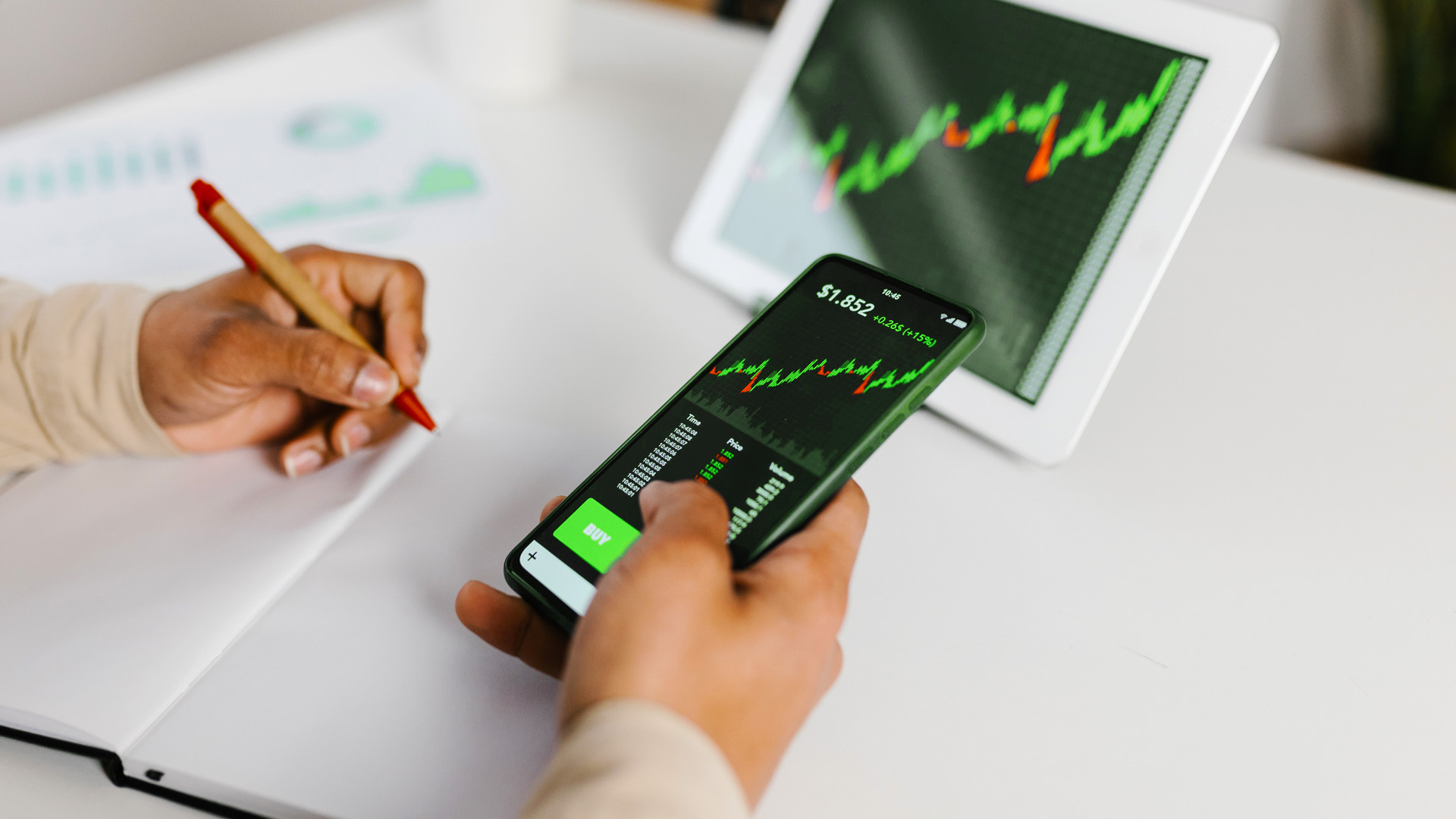You don’t need to be an investment expert to get a better grip on the retirement or other funds you’ve invested in. If you have a company pension fund, you probably have little say where your money goes, but it won’t hurt to understand the investments in your company fund. However, if you’re responsible for your own retirement savings, you need to be absolutely sure that you’re investing in funds that will help you meet your retirement goals.
One of the advantages of South Africa having a highly regulated and competitive investment industry is that you can expect to be given the same type of reliable information by whichever fund you’ve invested in, so you can make an informed comparison between different providers. Here are 7 pieces of information you’ll find on all investment fund fact sheets to help you understand whether the fund is appropriate for your investment strategy.
1. Risk rating
The risk rating of any fund is typically expressed as low, medium or high.
Broadly speaking, higher-risk investment assets like listed stocks will produce higher investment returns than low-risk assets like cash and bonds over the longer term of 5 years and beyond. This concept is central to the investing principle of risk/return trade-off, which states that the higher the risk, the higher the potential reward – and the longer the recommended minimum investment term.
But this doesn’t mean you should automatically load up on high-return funds in the hope of making more money. Being too heavily invested in one asset class is dangerous because too much exposure to risky assets means you’re at greater risk of losing money when markets tumble. On the other hand, if you have too many low-risk assets you might fall short of your retirement savings goal because your returns will be lower.
Your risk appetite might change over time. When you’re younger, you can take on greater risk because you have longer to recover from market dips – so a higher proportion of listed stocks may be appropriate. As you get closer to retirement age, you might decide to protect your savings by avoiding high-risk assets that could potentially lead to losses.
2. Fees
An often overlooked number that can influence how much you have for your retirement is the fees charged by the fund and your advisor or wealth manager.
Fund fees are usually a small portion of your total portfolio, often less than a full percentage point. But there could be other fees from your advisor or wealth manager and transaction fees that soon add up. If you’re paying 2.5% on an investment portfolio of R1 million, that’s R25,000 a year in fees alone.
Fund managers always choose a benchmark against which to measure their performance
If you start investing from the day you start working till the day you retire, that amounts to 40 years of fees that add up to hundreds of thousands of rand. But the reality is that fees are unavoidable, and since it makes sense to pay professionals to manage your investments properly, you should build them into your calculations when you work out the projected returns on your investments.
3. Benchmark
Measuring a fund’s performance is obviously key to deciding whether fund managers are doing a good job of looking after their clients’ money. The most obvious way to measure performance is to see by what amount a fund has grown over different time periods.
The catch is that these numbers can be deceiving. Say, for example, a fund you’re interested in reports growth over the past 3 years of 20% a year. If you’d invested R1,000, you would have ended up with just over R1,700 after that period. That is a very decent return that should make you happy.
But what if that growth was because the whole market had grown aggressively over those 3 years? What if the market had grown by 20% overall, with other funds growing by 25% or 30%? Your 20% might look impressive, but when compared to the performance of other funds, you’d have reason to be less happy. A 25% return over 3 years would grow your R1,000 to nearly R2,000 and a 30% return would push that to R2,200.
That’s why fund managers always choose a benchmark against which to measure their performance. That benchmark would typically be investment indexes that have similar risk ratings and a similar composition. An index is not a market as such, but rather a collection of similar investments that are categorised together.
So, you will find different indexes that incorporate listed resources companies, or financial stocks or industrials. In South Africa, many local funds choose a benchmark index defined by the investment-industry body ASISA, which represents the average return of the group of funds that are managed subject to the same investment mandate and limits.
In this way, you can have a look at a fund fact sheet to see a fund’s reported returns and then compare that to the benchmark it has chosen to be measured against.
4. Fund manager
Even though we offer investment funds, they are mostly managed by expert fund management companies that do the research and analysis of investments and then combine them into a fund offering. It’s their job to build a strategy that will deliver investment returns above their chosen benchmark.
If you know who the fund manager is, you can then do some of your own research and view their track record to decide if you have faith in their expertise.
The fund fact sheet will also include a description by the fund manager of their objectives with the fund and how their investment strategy will allow you to meet your goals.
A common disclaimer you’ll see on many fund fact sheets that’s worth bearing in mind is that ‘past performance is no indicator of future results’. Always get the expert insights of a professional investment advisor to help guide your decisions.
5. Appropriate investment term
The most realistic way to assess a fund’s performance is to look at periods of 3 or more years. As we’ve witnessed since the start of the Covid-19 pandemic, markets can move very wildly over short periods of time. These wild swings, either up or down, can create a false picture of the fund’s long-term performance.
Fund managers are aware of these short-term swings, so they show you their performance over 1, 2 and 3 years – although they know you’ll get a more accurate picture if you look at 3, 5 or more years.
These documents do help you get a better picture of what you can expect
All our fund fact sheets indicate the preferred length of time that you should remain invested in the fund for these swings to even out. You'll find, therefore, that most funds suggest a minimum investment term so that your expectations can be managed.
6. Fund assets and holdings
All fund fact sheets show details like the top 10 holdings and asset allocation and/or sector allocation in which the fund has invested. This helps you understand how much of the fund is committed to which pocket of the market and what those investments are.
Because fact sheets are updated relatively often, you can get an idea of how the fund’s holdings have changed over time if you look at past fact sheets. You can’t influence which companies are held by the fund, but having sight of the investments and the weighting of each lets you see where your money is going.
7. Returns and income distributions
The last piece of information you want to see is how the fund has performed, and how much it has paid out in distributions.
Distributions are typically made up of the dividends that listed companies pay to investors twice a year, or interest coupons paid by cash and bond instruments monthly, quarterly, bi-annually or annually. This is usually presented as a percentage of the share price or in the case of bonds and cash, an interest rate, and is paid to investors as cash or in the form of additional shares valued at the amount due to you.
This indicator is especially important if you’re already retired and rely on these dividend payments or income distributions to fund your lifestyle. You’ll want to find funds or investments that have a long track record of paying dividends.
Even though investments generally and fund fact sheets specifically make no guarantees on how much your money will grow, these documents do help you get a better picture of what you can expect. As mentioned, choosing the right fund is a very weighty matter and one best made in consultation with an investment professional.
Invest with Nedbank
Visit nedgroupinvestments.co.za to browse our full range of unit trusts or explore a selection of our most popular funds on the Nedbank Money app and Online Banking.
Invest in shares and exchange-traded funds via our Online Share Trading platform.
We have teams of experts on hand able to help you make the right decision. Reach out and speak to one today to secure your tomorrow.








